By all accounts, ancient Egypt can lay claim to the world’s first vending machine – a coin-operated receptacle that dispensed holy water to the masses. But one would be forgiven for believing that vending machines come from Japan, given the island nation’s deep adoration for them. The first Japanese patent was filed in 1888 by a man named Koshichi Tawaraya for a wooden “automatic goods vending machine” that sold tobacco. Such is his legacy that 21 March, his birthday, is now unofficially celebrated as Vending Machine Day in Japan.
Today, there are over four million machines like these across the country – that’s one for every 30 people – from central Tokyo to remote Sado iIsland. To understand their indispensability, as well as their historical, geographical and cultural significance, we spoke to Tanner Bowden, photographer and author of The Observer's Guide to Japanese Vending Machines . He gave us a rundown of where they can be found, why they are so special, and what they sell.
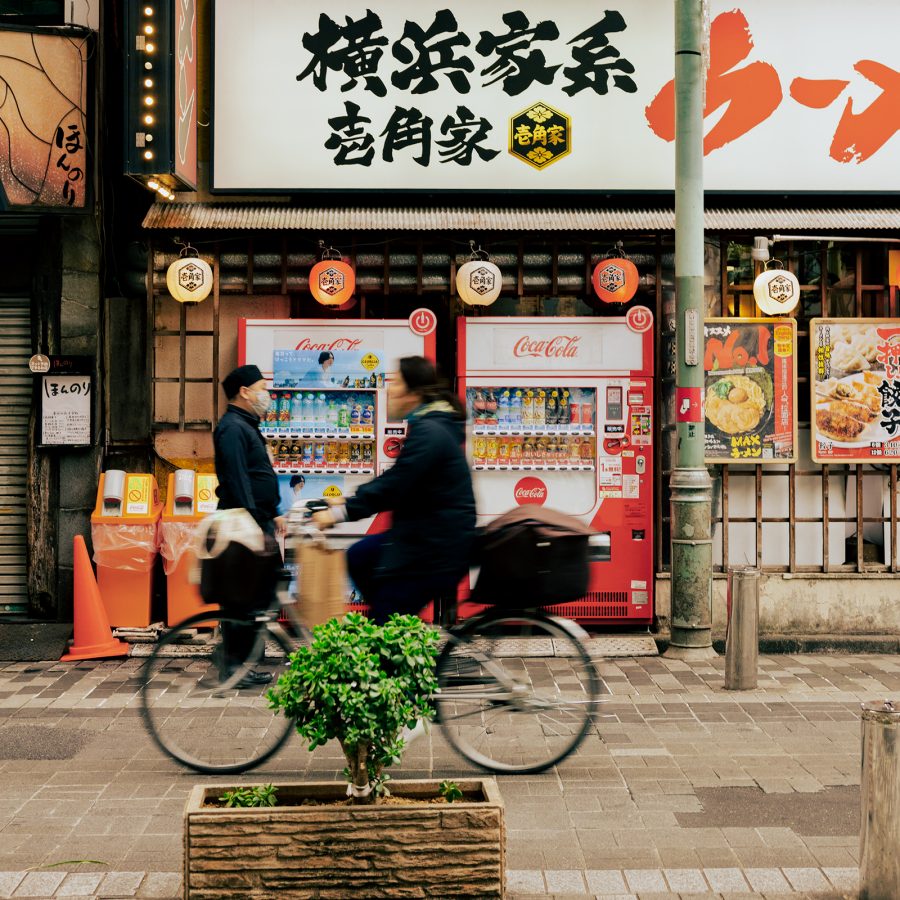
Credit: Tanner Bowden
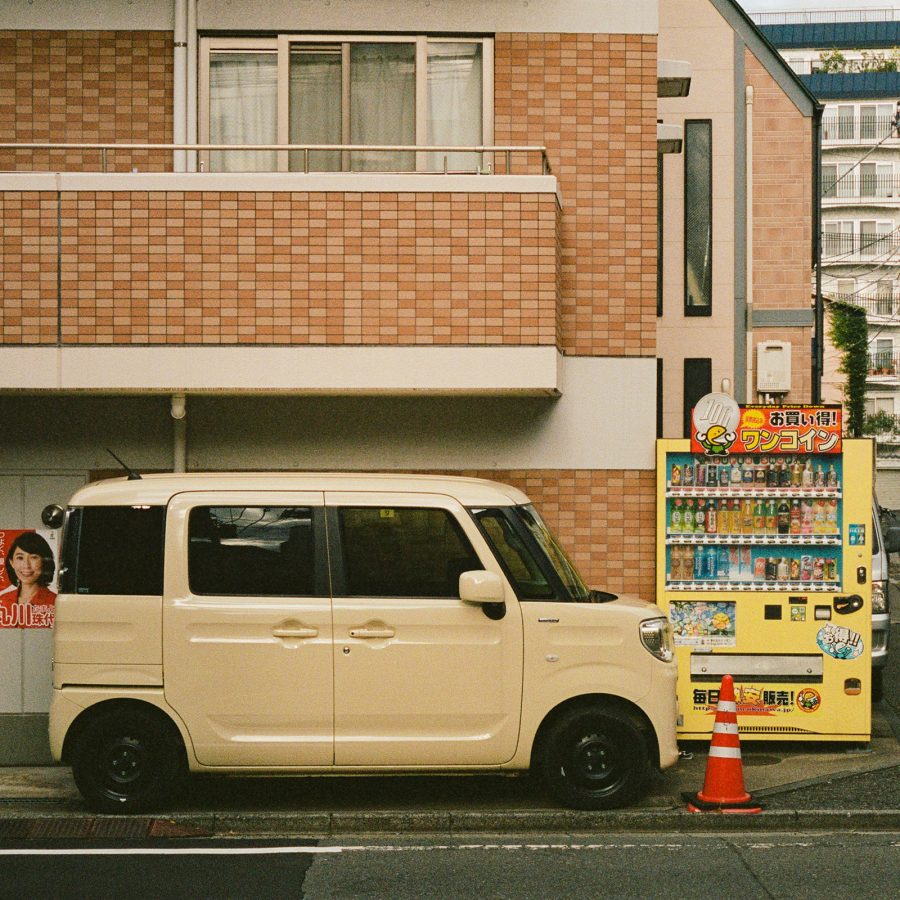
Credit: Tanner Bowden
Reliability
Vending machines are filled with large amounts of cash, so you’d think they’d be targeted frequently by criminals. But Japan has a low crime rate, and incidents of vandalism and theft of these unmanned terminals are very rare, even in remote areas and train stations. More importantly, they're always well-maintained and well-stocked, making them a dependable resource forpeople’s daily needs.
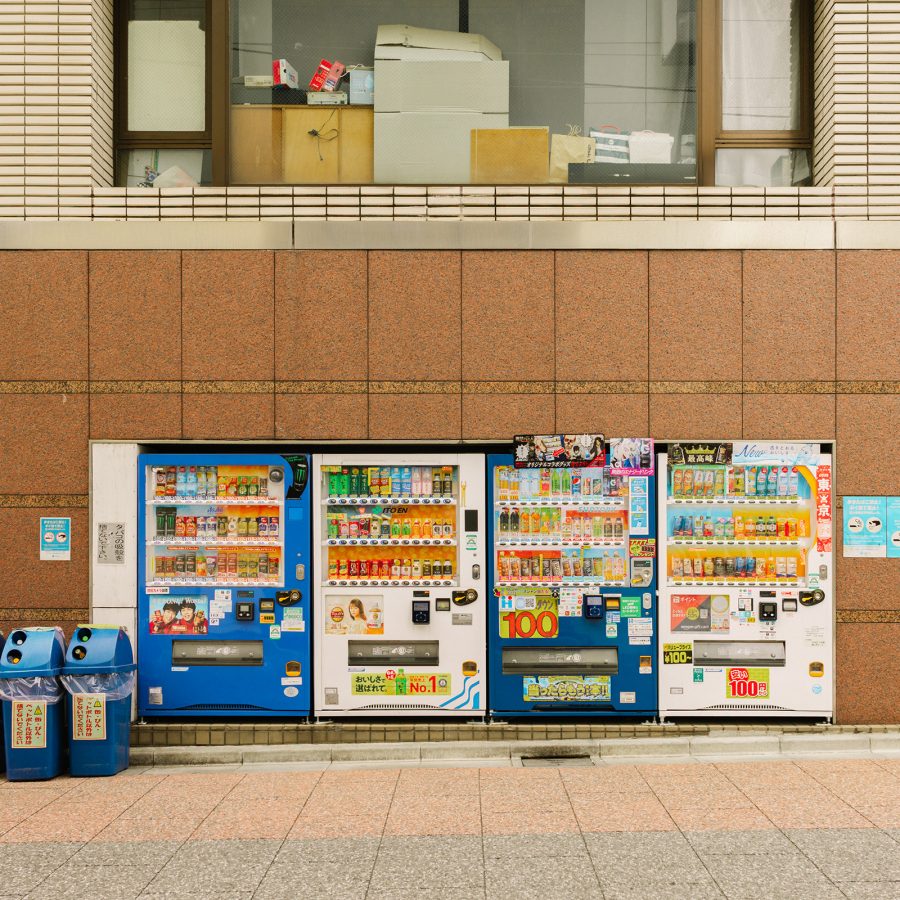
Credit: Tanner Bowden
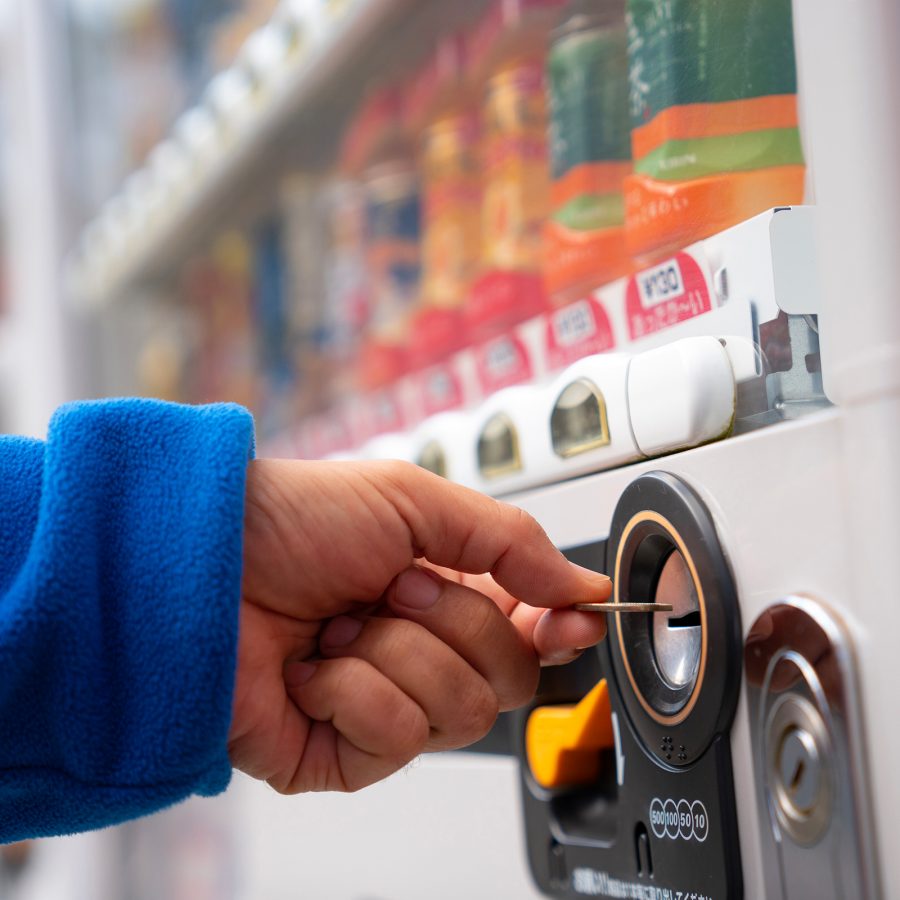
Credit: Witthaya Prasongsin/Getty Images
Old habits die hard
According to Bowden, the ubiquity of vending machines in Japan can be partly attributed to societal norms. “There is a strong tradition of drinking tea and coffee in Japan, and vending machines offer an easy way to get a fix,” he says. Ever since the first 100-yen coins were minted in 1967, buying canned coffee became as easy as slipping a coin into a slot. Today, many Japanese people still prefer to use coins over cashless payment, even if the latest machines accept electronic payment. �
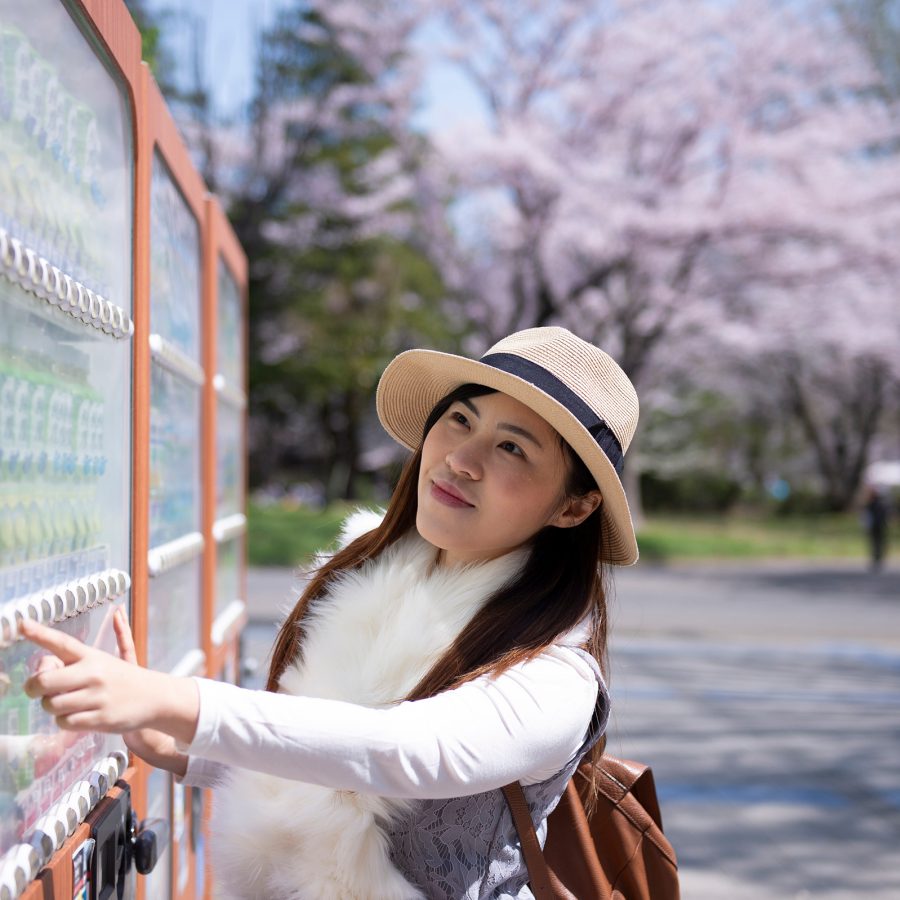
Credit: IronHeart/Getty Images
Cultural symbolism
Alongside shrines and cherry blossoms, vending machines are one of the most prominent cultural symbols in Japan and “one of many things that come to foreigners' minds when they think of Japan,” says Bowden.
The precisionist spirit that’s baked into Japan’s psyche also finds a perfect conduit in these terminals: all of them undergo regular maintenance checks to ensure proper operation – whether they’re located deep in the heart of Kumano Kodo or on the slopes of Hokkaido. Like a patron saint, you can always rely on their services.
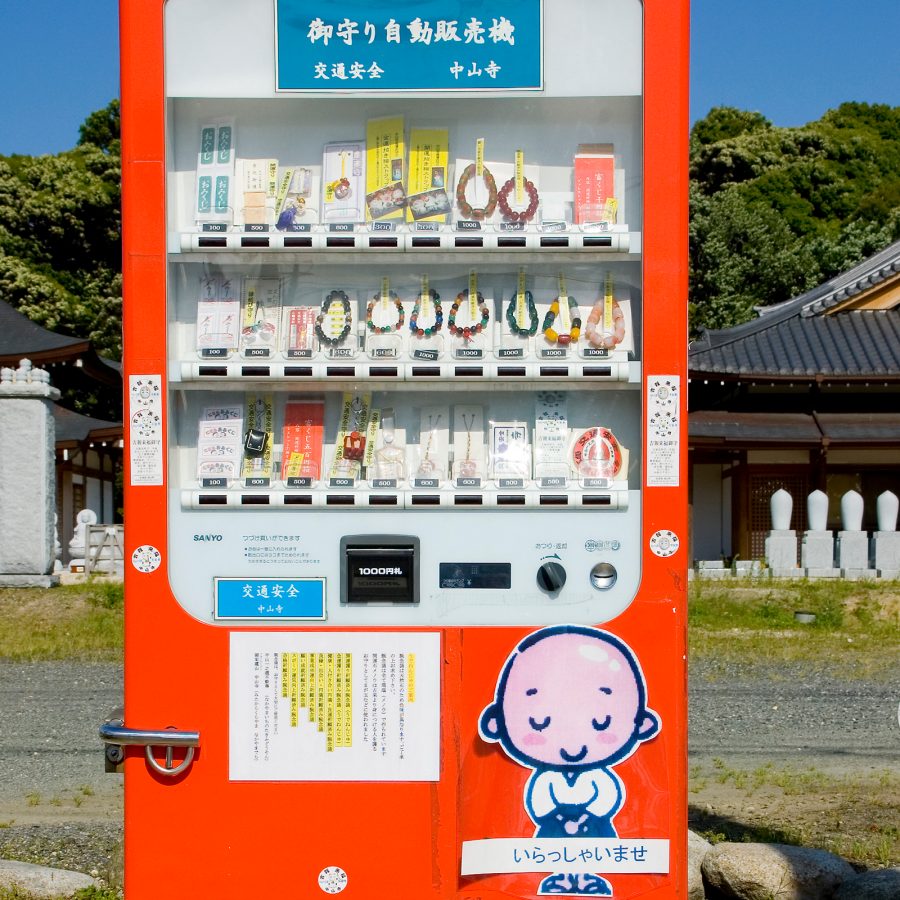
Credit: Brian Kennedy/Getty Images
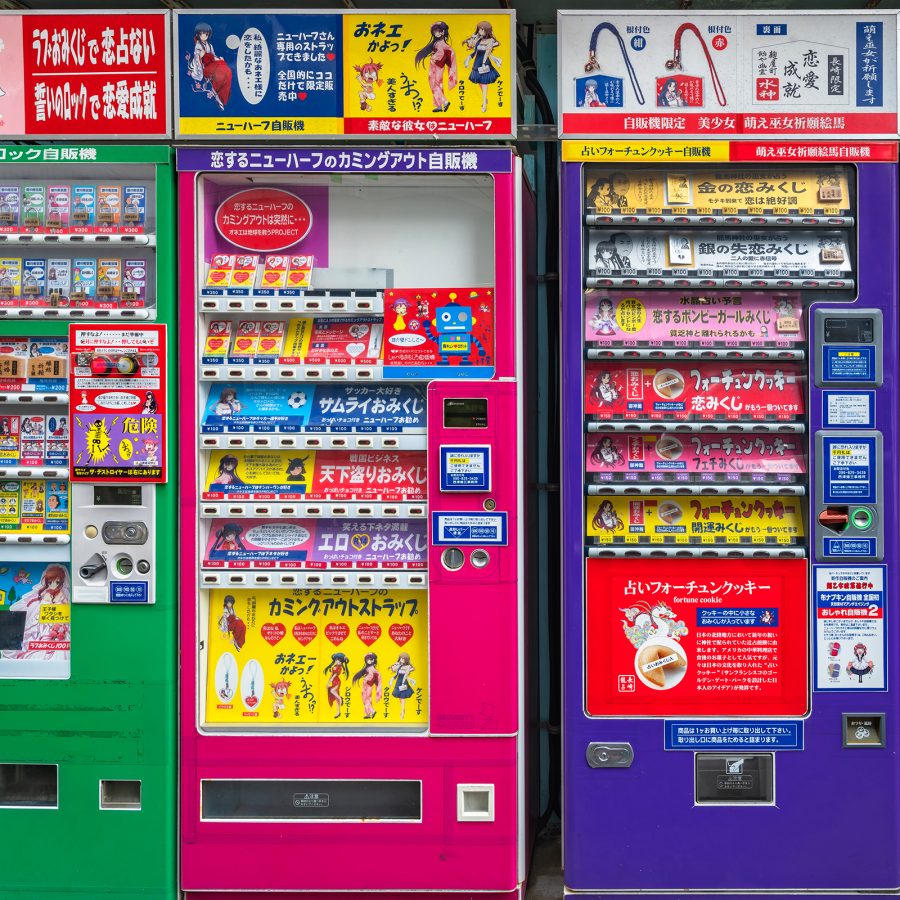
Credit: kuremo/Getty Images
Wonderful and weird Japanese vending machines
“[Besides] ramen and dashi, I have even heard of [a vending machine] that sells 35mm film,” says Bowden. Did you ever wonder what else these machines offer, other than the usual canned drinks, onigiri, and cosmetics? Here are some of the most unusual finds:
1. Canned cake
Packed in a see-through container, canned cake is a desert for those “on the go”. You’ll see machines selling these in Tokyo and Osaka, and they come in a range of flavours, such as strawberry, Tiramisu and blueberry.
2. Spidery snacks
Feeling adventurous? Try one of the many machines distributing insect snacks in Tokyo, Hokkaido and beyond. Unsurprisingly, these unique vending machines caused a stir when they first appeared in Japan.
3. Buddhist blessings
You can find vending machines selling Buddha figurines at Uzumasa Koryuji Station of the Randen Arashiyama Line in Kyoto. There are 8-10 styles offered at 500-800 yen each.
4. Machine Mecca
The city of Natori is the Mecca of vending machines. Here, you’ll find omikuji fortune slips, a row of vending machines selling canned drinks, and plenty of souvenirs such as omamori charms and coasters in ema (wooden plaque) design.
5. I do
Japanese jeweller Jam Home Made has a vending machine for wedding rings in Shibuya, Tokyo. You can create your own brass prototype and adjust the ring size before bringing it into the store for the real thing.
More inspiration
- China – the Chinese Mainland, Hong Kong SAR, Macao SAR and Taiwan Region
- Hong Kong SAR - English
- Chinese Mainland (China) - English
- Taiwan, China - English
- 香港特別行政區 - 繁體中文
- 中国內地 - 简体中文
- 中國台灣 - 繁體中文
- Africa
- South Africa - English
- Asia
- Bangladesh - English
- Korea - English
- Singapore - English
- Cambodia - English
- 한국 - 한국어
- Sri Lanka - English
- India - English
- Malaysia - English
- Thailand - English
- Indonesia - English
- Maldives - English
- ประเทศไทย - ภาษาไทย
- Indonesia - Bahasa Indonesia
- Myanmar - English
- Vietnam - English
- Japan - English
- Nepal - English
- Việt Nam - tiếng Việt
- 日本 - 日本語
- Philippines - English
- Australasia
- Australia - English
- New Zealand - English